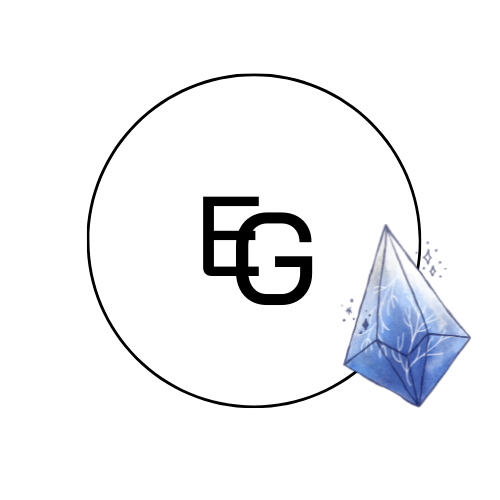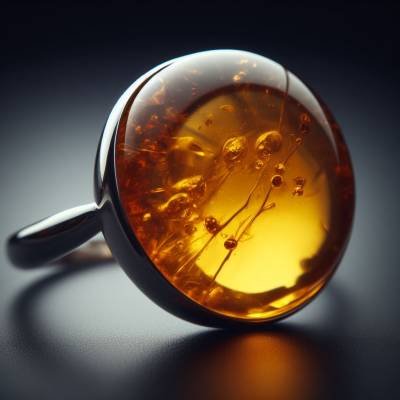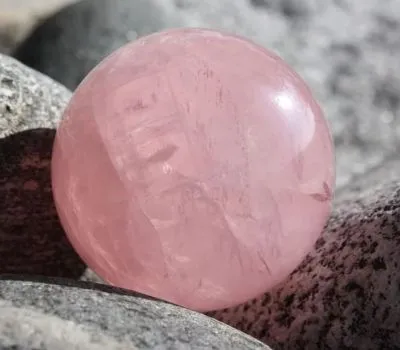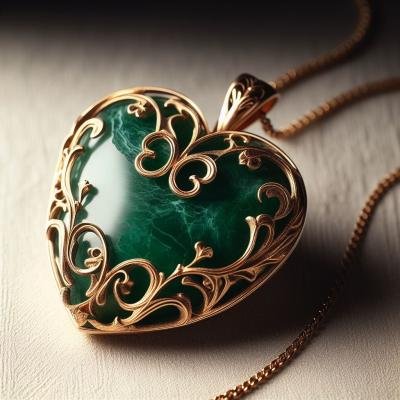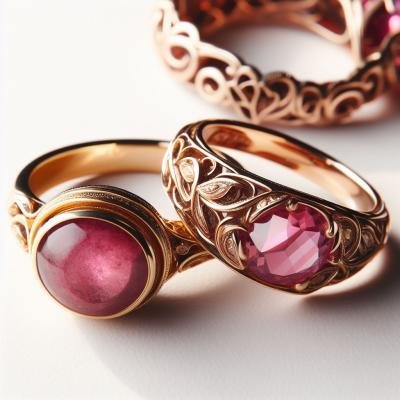Bridging Traditions: The Fascinating World of Baltic Amber Healing Properties and its Modern Implications
Baltic amber, a fossilized tree resin from the Baltic region, has been revered for centuries for its captivating beauty. Beyond its visual appeal, many believe it possesses healing properties, attributing it to various therapeutic benefits. This article will explore the scientific and anecdotal evidence surrounding these claims, shedding light on the potential benefits and myths associated with this ancient gemstone.
I. Introduction
Amber, especially from the Baltic region, is not just a mesmerizing gemstone but a piece of prehistoric time. Fossilized over millions of years, this gem has caught the fascination of many for its entrapped relics and stories it holds.
A. Brief history of Baltic amber
Baltic amber, also known as succinite, has its origins in the ancient forests of the Baltic region, dating back to almost 44 million years ago. Formed from the resin of ancient pine trees, this natural gem has served as a revered object in trade, art, and medicine throughout history.
B. Overview of its significance in various cultures
Across different eras and cultures, Baltic amber was considered a symbol of status, protection, and health. The Vikings, for instance, believed it to have mystical powers, often using it as talismans. In ancient Rome, it was a luxury item, while Traditional Chinese Medicine attributed it to balancing Yin and Yang energies.
II. The Science Behind Baltic Amber
While the allure of Baltic amber is undeniable, the scientific community has taken a keen interest in understanding its composition and potential health benefits.
A. Formation and composition of Baltic amber
Formed from fossilized tree resin, Baltic amber primarily consists of succinic acid, a naturally occurring compound. Over millennia, under specific conditions, the tree resin underwent polymerization and oxidation, resulting in the formation of amber.
B. Current research on its therapeutic properties
Several studies have delved into the therapeutic properties of succinic acid found in Baltic amber. While some evidence suggests anti-inflammatory and analgesic effects, it’s essential to approach these findings with caution and further research.
III. Anecdotal Evidence and Traditional Uses
Beyond science, stories, and beliefs have passed down through generations, attributing various healing properties to Baltic amber.
A. Historical uses across different civilizations
Ancient Greeks believed it could cure ailments and protect against illnesses. Similarly, in the Middle Ages, ground amber was consumed as a medicine, and it was also believed to offer protection against evil spirits.
B. Modern-day claims and testimonials
Today, many testimonials hail Baltic amber for its pain-relieving properties, especially in teething babies when worn as necklaces. Some also believe it aids in arthritis throat infections and boosts the immune system.
IV. The Skeptic’s Perspective
However, not all are convinced of the Baltic amber’s healing properties, leading to skepticism and debates.
A. Common misconceptions about Baltic amber healing properties
A common misconception is that wearing amber necklaces can instantly alleviate pain. While succinic acid does possess potential benefits, the direct effects of wearing amber jewelry remain debated.
B. Criticisms and counterarguments
Skeptics often argue that the therapeutic claims are placebo effects, emphasizing the lack of robust scientific evidence to back the claims. Additionally, safety concerns arise, especially with amber teething necklaces posing choking hazards for infants.
V. How to Identify Genuine Baltic Amber
Given its popularity, the market is flooded with counterfeit amber products. But how can one distinguish the real from the fake?
A. Key characteristics to look for
Real Baltic amber is warm to the touch and, when rubbed, can produce a resinous scent. Additionally, it’s lighter than most imitations and can float in a saltwater solution.
B. Tips to avoid counterfeit products
Be wary of too-perfect specimens, as natural amber often contains imperfections. Using the saltwater float test or checking its reaction under UV light can also be helpful in determining its authenticity.
VI. FAQs
Q: What is Baltic amber made of?
A: Baltic amber is a fossilized tree resin, primarily composed of succinic acid, which is believed to have potential therapeutic properties.
Q: How long has Baltic amber been used for its healing properties?
A: Baltic amber has been used for thousands of years across various cultures, from the Ancient Greeks to the Vikings, for its purported healing benefits.
Q: Does wearing a Baltic amber necklace help with teething in babies?
A: Anecdotal evidence suggests that wearing Baltic amber necklaces can help soothe teething pain in babies, though scientific evidence is inconclusive.
Q: How can one differentiate genuine Baltic amber from imitations?
A: Genuine Baltic amber is warm to the touch, can produce a resinous scent when rubbed, and can float in a saltwater solution. It’s also lighter than most imitations.
Q: Are there any safety concerns associated with Baltic amber jewelry?
A: Yes, especially for infants. There’s a potential choking hazard if the necklace breaks and the baby swallows the beads. It’s always advised to supervise children when they’re wearing amber jewelry.
Q: Does the color of Baltic amber impact its healing properties?
A: While different colors of amber are believed to have varying effects, there isn’t concrete scientific evidence to support this. The choice of color is often a personal preference.
Q: Are there any side effects associated with using Baltic amber for healing?
A: Generally, wearing Baltic amber is considered safe. However, ingesting it or using it in ways other than as jewelry is recommended by consulting a health professional.
VII. Conclusion
A. Summarizing the evidence and beliefs
Baltic amber has captivated humanity for millennia, not just for its aesthetic appeal but also for the numerous healing properties attributed to it. From ancient tales to modern testimonials, the stories about its therapeutic benefits are vast, even if scientific validation remains a topic of debate.
B. Implications for future research and application
With increasing interest in alternative medicine and natural therapies, there’s potential for more comprehensive research on Baltic amber. Such studies could bridge the gap between traditional beliefs and empirical evidence, shedding light on the true capabilities of this ancient gem.
VIII. Suggested Readings
Baltic amber has intrigued scholars, historians, and enthusiasts alike. To delve deeper into its mysteries, consider exploring the following titles:
- “Amber: Golden Gem of the Ages” by Patty C. Rice: A detailed journey into the history, geology, and cultural significance of amber.
- “The Amber Forest: A Reconstruction of a Vanished World” by George Poinar Jr. and Roberta Poinar: An exploration of the ancient world trapped inside amber, from insects to plants.
- “Healing Energies of Trees” by Patrice Bouchardon: While not exclusively about amber, this book touches on the healing properties of trees and their resins, offering a broader context.
- “Amber: The Natural Time Capsule” by Andrew Ross: A scientific perspective on what amber can teach us about prehistoric times, with a focus on the organisms preserved within.
- “The Amber Book” by Ake Dahlstrom and Leif Brost: A comprehensive guide on amber, its formation, properties, and its role in art and science.
Amber’s allure, with its warm hues and the stories it encapsulates, continues to enchant. These readings offer diverse perspectives, from the deeply scientific to the historically rich, providing a holistic view of this golden gem.
